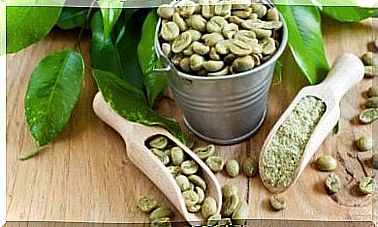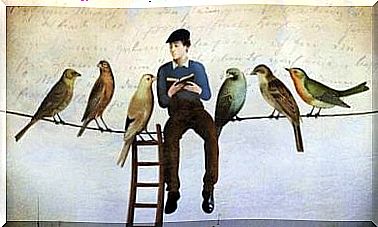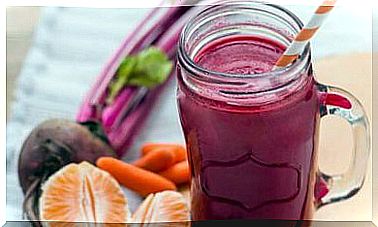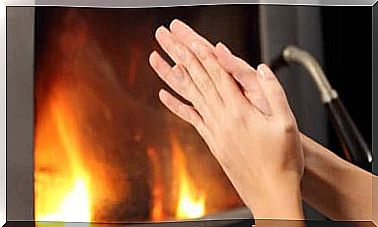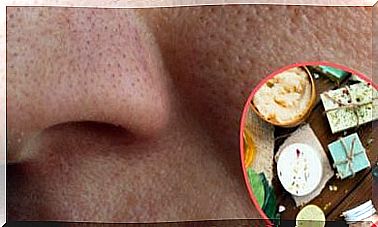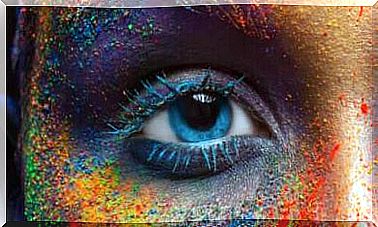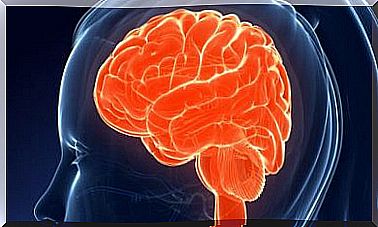3 Extracurricular Activities For Tweens
We should always keep in mind that these are “extra” (school) activities. These activities should therefore be fun and help your children to feel better and to develop their own personality as well as their social skills. The choice of activities is therefore theirs.
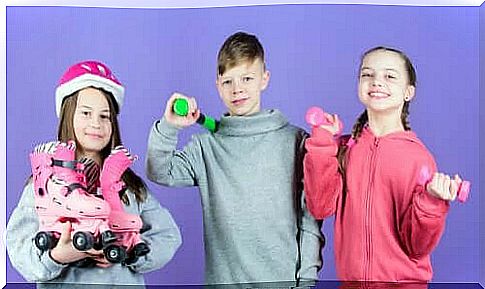
Pre-teens don’t want to do “kid’s things” anymore, but they’re not adults yet… They aren’t even teenagers yet. So you wonder which extracurricular activities are best for tweens? Here we give you some ideas.
Establishing the starting point of pre-adolescence is not easy. It depends on each person: maturity at the physiological level does not necessarily manifest at the same time from one person to another.
It is then not possible to define a precise age. However, generally speaking, we can speak of pre-adolescence between 11 and 13 years old.
During pre-adolescence, new physiological and psychological processes are set in motion, which produce changes in behavior and changes in benchmarks.
This stage is really important, because it announces the beginning of adolescence and the end of childhood. This is an intermediate phase and as such is characterized by confusion and many discoveries.
- The preteen still adopts childish behaviors. Nevertheless, he begins to claim his autonomy, which will be accentuated more during adolescence.
- Likewise, from a psychological point of view, this step marks the beginning of the process of searching for identity within the social network.
- In addition, little by little, the desire for autonomy leads the pre-adolescent to stop considering his family references as absolute references. During childhood, the family nucleus instilled practically everything in the child. The more the child advances towards adolescence, the more he will seek new references outside the family home.
- The preteen experiences changes in their body
Extracurricular activities: Some considerations to take into account

For the reasons mentioned above, when choosing extracurricular activities for a preteen, the following considerations should be taken into account.
These activities should:
- increase your child’s social skills and interactions
- develop the child’s personality
- instill values that will be foundational through adolescence and adulthood
- develop self-knowledge, both bodily and mentally
Another essential point: these activities should not saturate pre-teens.
Extracurricular Activities: 3 Great Activities for Tweens
1. Team sports
In addition to the physical benefits of exercise, sport provides other benefits that are great during pre-adolescence.
The sport :
- release stress
- helps to understand and set limits
- helps to learn respect for standards
- is a tool to get to know your body better
- instills the spirit of surpassing
- teaches the importance of cooperating with others to achieve a common goal
Team sports are therefore an excellent extracurricular activity. Here are some examples: football, basketball, voleyball…
Individual sports also bring benefits. Martial arts, gymnastics or athletics are excellent options, for example.
2. Intellectual activities
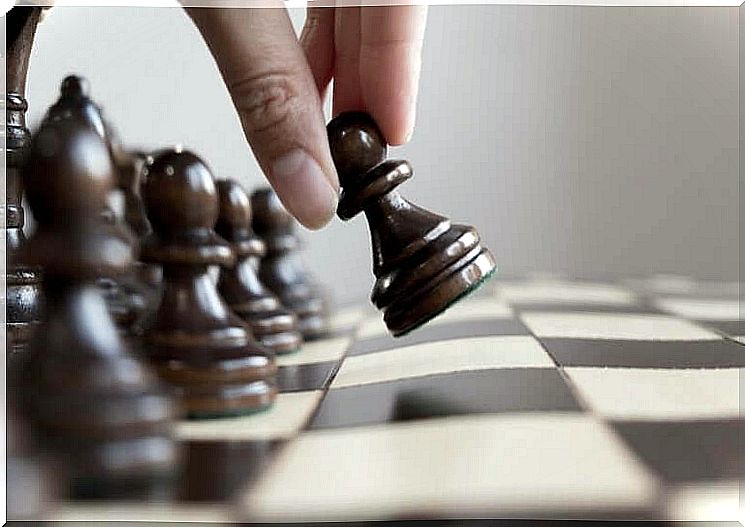
If sports don’t convince your tween, there are other options. Now let’s talk about intellectual activities.
This type of activity particularly promotes the intellectual development of the pre-adolescent. They are just as beneficial as team sports in the short and long term.
Here are some examples :
- failures
- robotics course
- language learning
- reading course
- computer lessons
Although these are more individual activities, the lessons are given in groups. Your child will therefore be able to forge links and develop social strategies in contact with his peers.
3. Artistic or craft activities
In addition to physical and intellectual activities, there is one more option, another type of intelligence that we unfortunately do not give enough importance to: art.
In a world ruled by getting results, we forget the importance of process and art. Enrolling your children in artistic activities so that they develop their capacities in this area is therefore an excellent idea.
Art also offers many health benefits. This is a form of expression that will help your preteen get to know themselves better. Through the creative process, he will develop his capacity for expression as well as his imagination.
Here are some examples of artistic activities:
- pottery
- painting
- creative writing
- sculpture
- theater
- manual labor
- sewing
- cooked
- music
Artistic and craft activities help to:
- release stress through expression
- improve self-esteem by obtaining a result that is exclusively the fruit of effort and a unique personality
- develop sensitivity
- improve concentration
- develop self-knowledge through artistic expression
In short, there are many extracurricular activities that bring many benefits to pre-teens.
It is especially during the pre-adolescence that our children need to begin to establish the bases of their relationship with the world and with themselves.
So talk to your children… Ask them what they want to do, don’t impose anything on them. Talk to them about the benefits of each activity. Then let them choose the activity they want to do.
Keep in mind that these are “extra” activities. They should therefore not saturate them. You need to encourage them to enrich themselves further through fun and stimulation.
